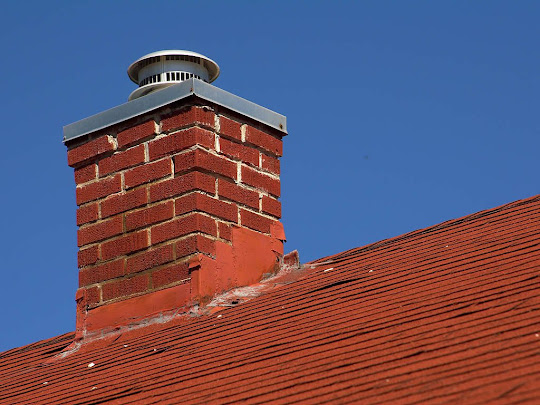How do I know If My Chimney is Blocked?
Just imagine that you are relaxing by a warm fire while taking in its sparkling sounds. However, did you know that your chimney could be trying to connect with you? Chimney blockages can also damage your house without you knowing. To ensure you take action to keep your home safe before it’s already too late, this blog aims to help you understand the subtle warning signs that your chimney may be passing on.
There could be potentially hazardous issues with your chimney that you are unaware of as you enjoy your fireplace. This article can help you identify the signs of danger and analyse any messages your chimney may be trying to convey. It all comes down to keeping your house secure.
What is Chimney Blockage?
How can a Homeowner check if the chimney is Blocked?
For safety and best performance, you need to determine whether your Chimney is Blocked. Smoke entering your living space through the chimney instead of rising is a clear sign of possible chimney obstructions. Whenever you notice any strange smell coming from the fireplace, pay special attention to musty or smoky aromas, as these are frequently signs of a blockage. Reduced airflow, a crucial sign of a possible obstruction, may also be indicated by an inability to start or maintain a fire.
A further clear indication is excess accumulation of soot inside the chimney or around the fireplace. A dangerous environment is created when a blocked chimney prevents proper airflow, leading to soot accumulating. Keep an eye out for any visible debris, like as leaves or twigs, as they could block the flue and affect the airflow dynamics of the chimney.
Having a carbon monoxide detector could add a further level of protection. If there is an alert about high carbon monoxide levels, you must leave the area immediately and get assistance from a professional. Regular chimney inspections are crucial for preserving the safety and well-being of your home and its residents because they enable you to identify and take care of any possible obstructions early on.
In the winter, pay attention to your chimneys outside. A noticeable buildup of frost or ice could be a sign of a blockage since the moisture in a blocked chimney can freeze. Make sure that there are no visible signs of blockages or the visible damage to the design of chimney. It may include cracks and also loose bricks that could further lead to the blockages.
One should take extra care of the chimney during the winter. There are chances that the moisture may get blocked up and freeze and you get a noticeable buildup of ice or frost that may be an indicator of a blockage. In addition, it is important to pay attention to any obvious damage to the chimney’s construction, such as cracks or loose bricks, as these may lead to blockages and endanger the chimney’s structural integrity.
How important is it to take the help of a professional when Chimney is Blocked?
When your chimney becomes blocked, it is essential that you seek professional assistance for a variety of significant reasons.
Before anything else, the main priority is safety. A blocked or Obstructed chimney can cause hazardous gases, like carbon monoxide, to gather up in your house. These gases are difficult to recognise without specialised tools since they have no colour and no smell. Professionals are equipped with the knowledge and resources necessary to recognise and resolve these problems, protecting the security of your loved ones in your house.
Second, it might be risky to try clearing a chimney blockage without the right expertise and materials. Without adopting the proper safety measures, getting up on the roof or entering the chimney flue might lead to accidents or injuries. Experts have the training needed to manage these situations properly, reducing the hazards involved.
.jpg)
.jpg)
.jpg)

Comments
Post a Comment